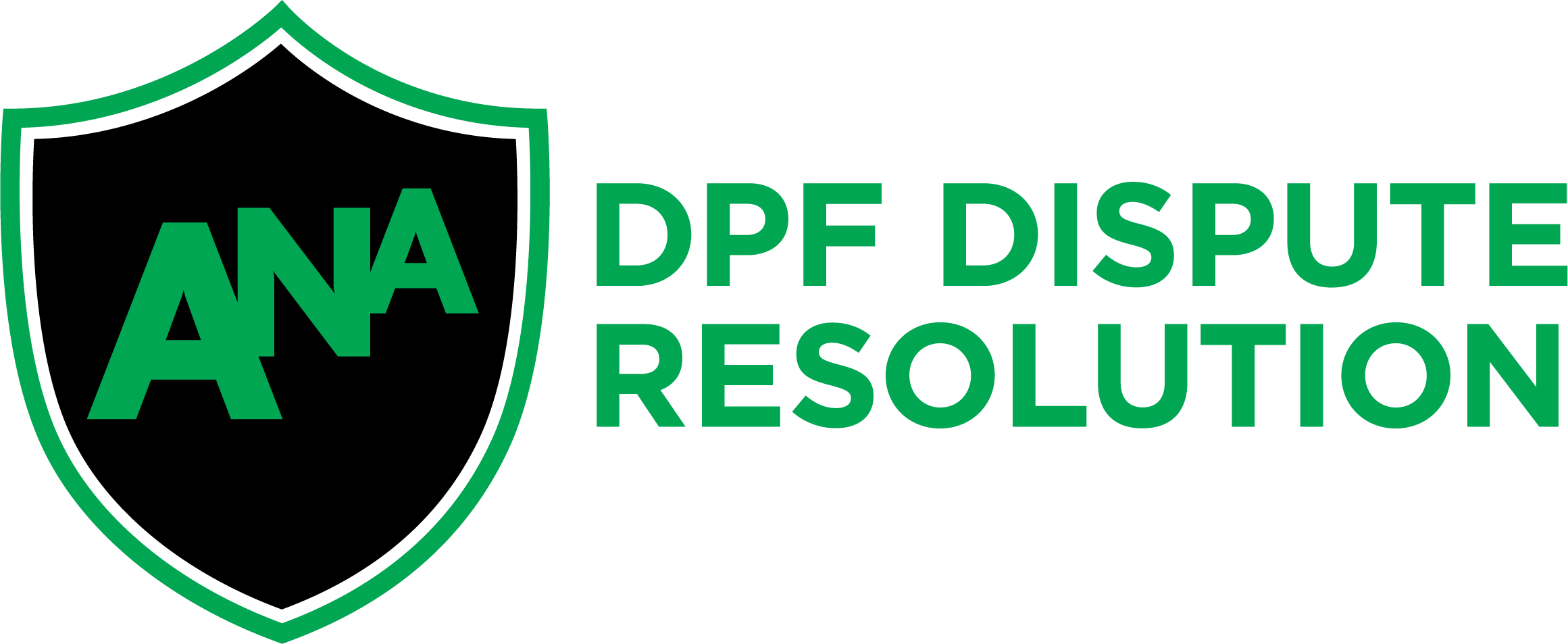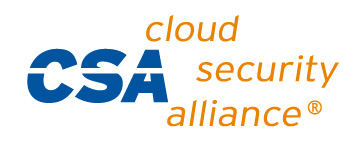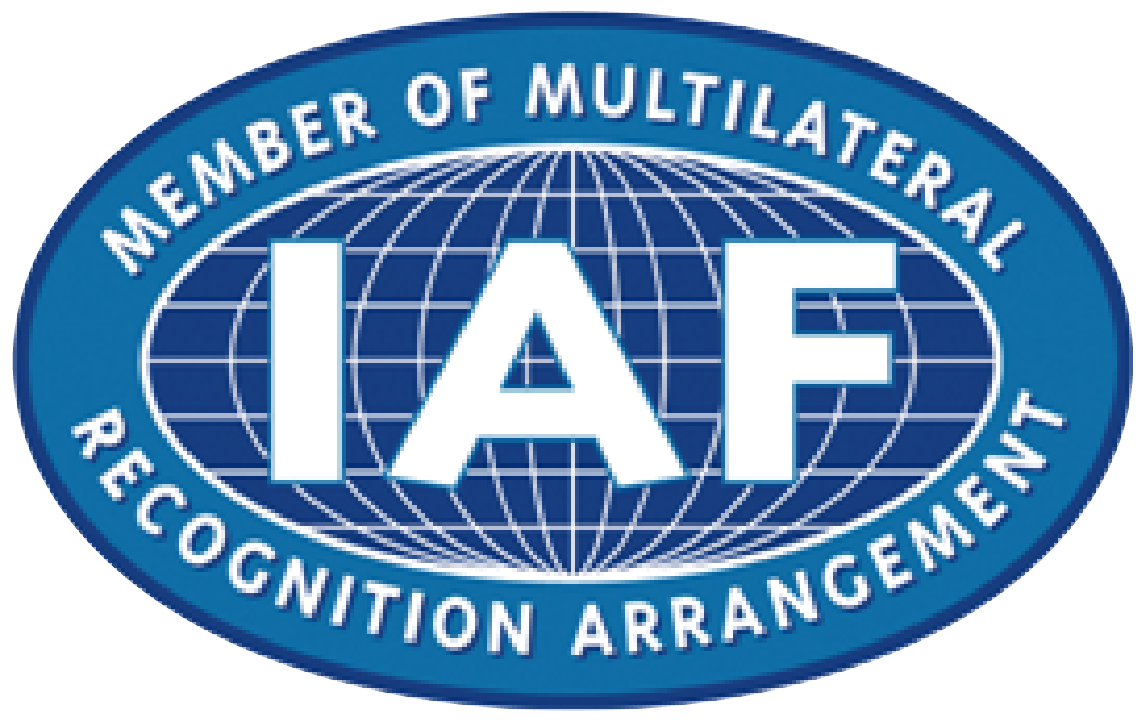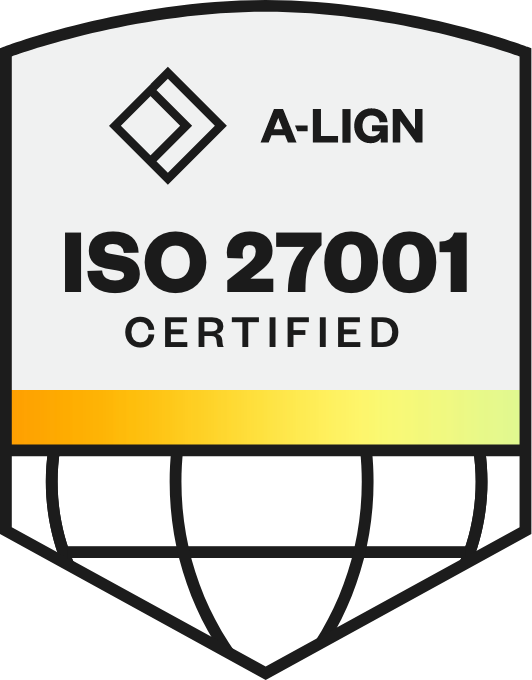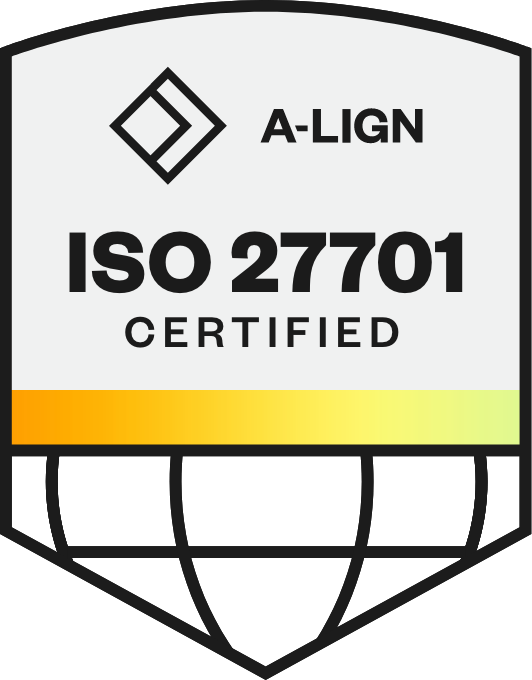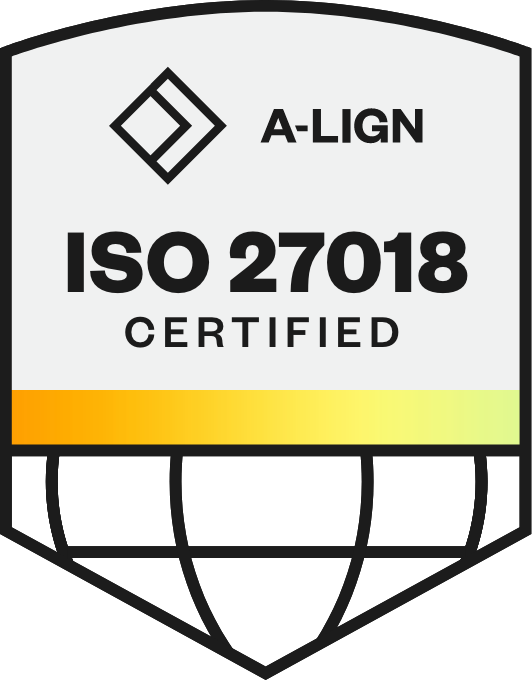
Employee Offboarding: 9 Steps to Turn Departures into Strategic Wins
Companies invest heavily in onboarding new employees with detailed processes, mentors, and progress tracking. However, 22% of turnover occurs within the first 45 days, costing at least 3X the former employee's compensation. Despite these costs, many organizations still treat employee departures as routine paperwork, missing valuable opportunities to gather feedback and maintain relationships.
Inadequate offboarding creates operational challenges while missing strategic opportunities that can impact your employer brand, increase legal risks, and reduce the value of your employee investment. The opportunity lies in structured offboarding processes that turn employee exits into strategic advantages.
This blog provides a framework for developing an effective offboarding strategy that protects your business while leaving departing employees with positive final impressions. You'll learn how to create systematic processes, implement best practices, and measure success through concrete metrics.
In This Article:
What Is Offboarding: Key Distinctions
Offboarding is a structured process companies use to manage employee departures from announcement through complete system disconnection. Strategic offboarding creates systematic methods that protect business interests while maintaining professional relationships. Although offboarding is a critical component of an HR plan, employee management goes through three key phases:
Process Type | Primary Focus | Timeline | Key Objectives |
|---|---|---|---|
Onboarding | Integration, training, engagement | Weeks to months | Productivity, culture fit, retention |
Succession Planning | Role coverage, talent pipeline | Ongoing/proactive | Business continuity, leadership development |
Offboarding | System access, knowledge transfer, and relationship preservation | Days to weeks | Security, continuity, brand protection |
Related: Succession Planning: What It Is and Why It Matters
Types of Employee Departures
Understanding the different ways employees leave an organization helps HR teams prepare appropriate offboarding processes for each situation. Some of the types of departures include:
Voluntary Departures: Resignations, retirements, career changes that typically allow collaborative transition periods
Involuntary Departures: Terminations, layoffs, restructuring decisions requiring faster processing and careful information handling
Contract Completions: Temporary workers, consultants, project-based employees finishing assignments
The Strategic Difference
While onboarding aims to maximize employee potential and integration, offboarding focuses on minimizing risks while preserving relationships and institutional knowledge. Organizations that excel at onboarding best practices often find that applying similar systematic approaches to offboarding creates even greater strategic value.
Related: The Importance of Onboarding and How to Get It Right
Why Offboarding Has Become Business-Critical
Now that we understand what offboarding encompasses, let's examine why it's evolved from an administrative necessity to a strategic imperative. The shift toward remote work, increased data sensitivity, and competitive talent markets has elevated the importance of offboarding across all industries.
Four critical business areas where effective offboarding is crucial include:
Data Security: Preventing unauthorized access to sensitive information and systems
Legal Compliance: Meeting regulatory requirements and protecting intellectual property
Business Continuity: Maintaining operations and preserving institutional knowledge
Alumni Relationships: Creating potential brand ambassadors and future talent sources
Companies with strongemployer branding strategies understand that positive offboarding experiences not only protect brand reputation but also contribute significantly to maintaining a positive brand perception that ultimately pays dividends when it comes to attracting talent.
The Business Case for Strategic Offboarding
With the fundamental importance established, let's explore the measurable value that strategic offboarding delivers. Organizations that invest in offboarding processes create sustainable advantages while protecting existing investments. Strategic offboarding works for your brand in four key ways — not only protecting your reputation but also helping you build a healthier talent ecosystem.
Brand Protection and Enhancement — Departing employees who feel respected during their exit become advocates rather than detractors. This positive sentiment directly impacts your ability to attract top talent and maintain customer relationships.
Talent Pipeline Development — Organizations increasingly rehire former employees, and these "boomerang" hires often outperform external candidates because they already understand company culture and processes.
Knowledge Asset Preservation — Proper knowledge transfer processes save weeks of learning time for replacement employees while preventing customer service disruptions during transitions.
Risk Mitigation and Cost Reduction — Organizations with structured offboarding processes experience fewer post-departure security incidents, legal complications, and operational disruptions.
Benefits of Systematic Employee Offboarding
Building on the business case, systematic offboarding delivers specific advantages across operational excellence, cultural strength, and competitive positioning. Some of the key benefits include:
Operational Continuity and Knowledge Preservation: Structured offboarding prevents critical knowledge loss by capturing and transferring institutional expertise before departures occur.
Enhanced Security and Compliance Posture: Comprehensive access revocation and asset recovery processes protect sensitive information while meeting regulatory requirements.
Strengthened Employer Brand and Culture: Professional departure handling demonstrates organizational values to remaining employees while creating positive final impressions that influence external reputation.
Alumni Network Development: Strategic offboarding transforms former employees into valuable network assets who provide referrals, business opportunities, and potential rehire candidates. Corporate alumni networks create ongoing value for organizations that invest in maintaining these relationships.
Legal Protection and Documentation: Proper documentation and formal exit processes create clear records that protect organizations during disputes while ensuring compliance with employment law requirements.
How to Build a Comprehensive Offboarding Strategy
With the strategic foundation established, we now focus on creating systematic approaches that deliver these outcomes consistently. A well-structured framework transforms reactive departure handling into proactive talent management that protects assets while preserving valuable relationships. The framework consists of six connected phases:
Phase 1: Assessment and Planning — Audit current offboarding practices, analyze departure patterns, and establish baseline metrics for improvement measurement.
Phase 2: Process Design and Documentation — Create standardized workflows for different departure types and develop templates for consistent execution.
Phase 3: Technology Integration — Implement automated access revocation systems and establish asset tracking processes.
Phase 4: Stakeholder Alignment — Train managers on offboarding responsibilities and align IT, legal, and facilities teams on procedures.
Phase 5: Implementation and Testing — Pilot processes with select departures, gather feedback, and scale successful approaches.
Phase 6: Monitoring and Optimization — Track key performance indicators and continuously improve based on feedback and results.
The Step-By-Step Guide to Offboarding an Employee
Now that we've established the strategic framework, let's dive into how to offboard an employee effectively. This offboarding checklist serves as your step-by-step guide for professional employee departures through nine critical steps that ensure comprehensive departure management.
Step 1: Immediate Departure Communication
Begin by informing all relevant departments about the upcoming departure through designated communication channels. Create a standard notification template that includes departure date, reason (when appropriate), and immediate action requirements.
Key stakeholders include:
IT security and system administrators
Payroll and benefits administration
Facilities and physical security
Legal and compliance teams
Direct reports and team members
Actionable Tip: Assign a single HR point-of-contact to coordinate all departure communications and prevent conflicting information across departments.
Step 2: Relationship Preservation and Recognition
Acknowledge the departing employee's contributions through appropriate recognition channels. This includes team meetings, individual conversations, or public acknowledgments, depending on their role and departure circumstances.
Even performance-related departures deserve genuine recognition for positive contributions. This approach humanizes the process while demonstrating organizational values to remaining team members.
Actionable Tip: Recognition efforts influence online reviews, referral behavior, and potential rehire opportunities.
Step 3: Documentation and Legal Formalization
Process all resignation or termination paperwork promptly using standardized templates for different departure types. Obtain necessary signatures on exit documentation to create clear departure records.
Essential documentation covers:
Formal resignation or termination letters
Confidentiality and non-compete reminders
Final pay and benefits calculations
Return authorization for company property
Clarify final working dates, notice periods, and policies regarding unused vacation time, benefits continuation, and post-employment restrictions.
Actionable Tip: Develop separate templates for voluntary and involuntary departures to ensure appropriate tone and legal protection for each scenario.
Step 4: Strategic Knowledge Transfer
Schedule dedicated knowledge transfer sessions between departing employees and their successors or team members. Use recorded sessions, documented procedures, and hands-on training to capture critical expertise.
Priority knowledge areas encompass:
Client relationships and communication preferences
Undocumented processes and workflow shortcuts
Project status updates and pending deliverables
System access credentials and administrative procedures
Vendor relationships and contract details
Assign ownership for ongoing tasks, projects, and client relationships to prevent operational gaps during transitions.
Actionable Tip: Create role-specific knowledge transfer templates that address unique requirements for different functions
Step 5: Asset Recovery and Inventory Management
Create detailed inventories of all company property assigned to departing employees, including both physical and digital assets that might be overlooked during standard recovery processes.
Physical assets include:
Computing equipment (laptops, tablets, monitors)
Mobile devices and accessories
Security items (ID badges, key cards, building keys)
Uniforms, tools, and specialized equipment
Documents and printed materials
Digital assets require attention for:
Software licenses and subscription access
Cloud storage accounts and shared folders
Remote access credentials and VPN configurations
Company-provided applications and services
For remote employees, provide prepaid shipping materials and clear instructions for equipment return. Create tracking systems to monitor return status and follow up on missing items.
Actionable Tip: Integrate asset recovery tracking with HRIS systems to automate notifications and maintain comprehensive records of returned property.
Step 6: Complete System Access Revocation
Disable all digital access points systematically to prevent unauthorized system entry. This includes email accounts, network access, collaboration platforms, and any administrative privileges.
Critical access points that require attention:
Email and calendar systems
VPN and network access credentials
HR and payroll system access
Collaboration tools (Slack, Microsoft Teams, project management tools)
Customer relationship management systems
Financial and administrative applications
Update shared passwords, revoke folder permissions, and transfer ownership of shared documents to appropriate team members. This step prevents access through shared credentials that might otherwise be overlooked. Coordinate with facilities management to deactivate building access, collect security badges, and update visitor systems.
Step 7: Final Compensation and Benefits Processing
Calculate final compensation carefully, including regular salary, unused vacation time, bonuses, and approved expense reimbursements. Delays in final payments create negative departure experiences that damage the employer brand reputation. Additionally, provide comprehensive information about benefits termination, including health insurance continuation options and timeline requirements.
Step 8: Strategic Exit Interview Execution
Choose exit interview formats based on departure circumstances and organizational culture. Options include live interviews, written surveys, or anonymous online assessments that encourage honest feedback.
Create department-specific questions that yield actionable insights rather than generic feedback. Focus on management effectiveness, process improvements, and cultural factors that influence retention.
Sample questions include:
Role satisfaction and development opportunities
Management effectiveness and communication
Organizational culture and team dynamics
Process improvements and operational efficiency
Competitive factors in departure decision
Aggregate exit interview data quarterly to identify patterns in departures, management issues, and systemic problems that require organizational attention.
Actionable Tip: Combine quantitative rating questions with open-ended exploration to gather both measurable data and contextual insights for improvement initiatives.
Step 9: Post-Departure Relationship Management
Send comprehensive departure confirmations including final pay details and benefits information. For appropriate departures, extend alumni network invitations to maintain professional relationships. Develop systematic approaches for nurturing high-value connections who can provide future business opportunities, referrals, and potential rehire candidates.
Common Offboarding Pitfalls and How to Avoid Them
Organizations frequently encounter predictable challenges that undermine offboarding effectiveness. Some of the common challenges and solutions include:
The Rush-to-Completion Challenge: Organizations sometimes treat offboarding as an administrative urgency rather than a strategic opportunity, leading to incomplete asset recovery and missed relationship-building opportunities. Build adequate time buffers into offboarding timelines to maintain thoroughness.
Generic Process Application: Using identical procedures for voluntary resignations and involuntary terminations creates inappropriate experiences. Develop departure-specific workflows that address unique requirements for different exit scenarios.
Security Gaps: Some organizations focus on visible security measures while missing critical access points, creating incomplete data protection. Conduct comprehensive access audits, including shared accounts and third-party integrations.
Feedback Collection Without Implementation: Gathering exit interview insights without systematic analysis misses opportunities. Create quarterly review processes that analyze trends and implement specific improvements based on departure feedback.
Measuring Offboarding Success and ROI
To continuously improve offboarding effectiveness, establish measurement frameworks that track both process efficiency and business outcomes. Some of the measurable metrics encompass:
Process Efficiency Metrics
Asset Recovery Rate: Percentage of company property successfully returned
Access Revocation Time: Average time to complete system access removal
Knowledge Transfer Completion: Percentage of planned transfer activities finished
Documentation Quality: Completeness scores for exit paperwork and procedures
Business Impact Indicators
Exit Interview Participation: Percentage of departing employees providing feedback
Boomerang Employee Rate: Former employees who return within specified timeframes
Alumni Referral Volume: Job candidates referred by former employees
Security Incident Reduction: Decrease in post-departure access violations
Employer Brand Metrics: Online review improvements and reputation scores
Long-term Value Tracking
Monitor alumni engagement through professional networks, business referrals, and rehire success rates. These indicators demonstrate the sustained value of positive offboarding experiences. Calculate cost-benefit ratios by comparing offboarding investments against recruitment savings, security incident costs, and productivity improvements from effective knowledge transfer.
Frequently Asked Questions About Employee Offboarding
As organizations implement systematic offboarding processes, several common questions arise that require clarification. These answers address key concerns regarding the offboarding definition, implementation of the offboarding checklist, and effective offboarding procedures.
What's the difference between onboarding and offboarding?
Onboarding integrates new employees into organizational culture and systems to maximize productivity and engagement. Offboarding manages departures to minimize risks while preserving relationships and knowledge. Both processes require strategic planning but serve opposite lifecycle stages.
Who should be involved in the offboarding process?
Effective offboarding requires coordination across multiple departments, including HR, IT security, facilities, legal, direct managers, and team members. The specific participant mix depends on the employee's role and departure circumstances.
How does offboarding impact company culture and employee morale?
Departure handling sends powerful messages about organizational values and respect for people. Professional offboarding reinforces positive culture while demonstrating care for employees even during transitions. Poor handling can damage team morale and employer brand reputation.
What are the biggest risks of ineffective offboarding?
Major risks include security breaches through retained system access, legal compliance violations, operational disruptions from knowledge loss, and reputation damage through negative employee experiences. These consequences can have lasting financial and operational impacts.
How long should the offboarding process take?
Timeline varies based on role complexity and departure type. Standard processes typically require 1-2 weeks for individual contributors and 3-4 weeks for senior roles with extensive knowledge transfer requirements. Emergency departures may compress timelines, but shouldn't skip critical steps.
Building Offboarding Excellence for Competitive Advantage
The strategic importance of employee offboarding continues to grow as organizations recognize its impact on security, culture, and competitive positioning. Organizations that invest in strategic offboarding create sustainable advantages in talent management while protecting existing investments in employee development. Success requires systematic approaches that balance operational efficiency with relationship preservation across all departure scenarios.
The most effective offboarding strategies demonstrate consistency, authenticity, and strategic focus on long-term business outcomes rather than short-term administrative convenience. As competitive talent markets intensify, these capabilities become differentiating factors that support both attraction and retention objectives.
Ready to transform your talent management approach beyond just departures? Explore our succession planning guide to build organizational resilience and prepare for both planned and unexpected transitions.
Devi is a content marketing writer who is passionate about crafting content that informs and engages. Outside of work, you'll find her watching films or listening to NFAK.
Get the latest talent experience insights delivered to your inbox.
Sign up to the Phenom email list for weekly updates!


